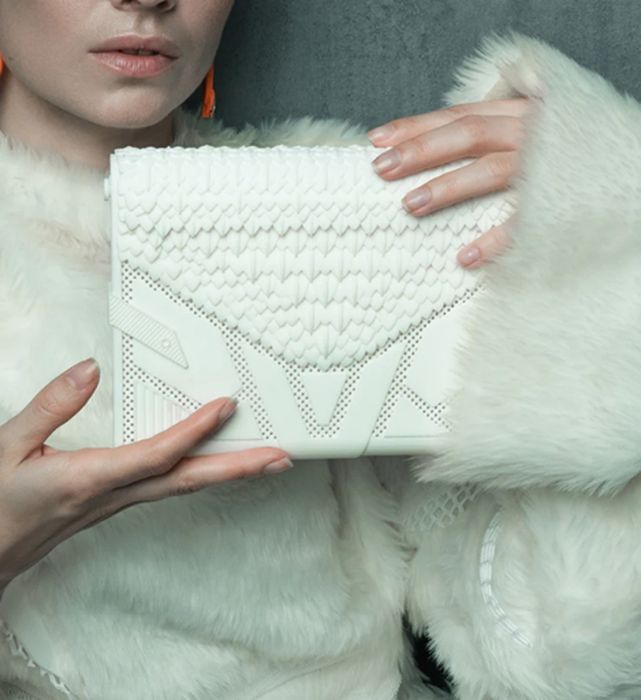
Charles R. Goulding and Preeti Sulibhavi look at how Etsy has become a kind of “virtual interior designer” via 3D printing.
Not many people have the time or the resources to hire their own personal interior decorator. At the same time, not many people know about Etsy’s interior design packages either.
Etsy not only has unique, one-off, handmade pieces, but the site has gotten so popular with home décor that it has dedicated a section of its site to e-design boards with actual expert design consultants. Essentially, you can pick up your own virtual interior decorator on Etsy.
We wanted to expand on the piece in the Saturday, February 18-19, 2023, Wall Street Journal (WSJ) column by Michelle Slatalla, titled, “The Key to Custom Furniture, No Interiors Pro Required.” This topic is so relevant to so many people who desire to improve their living space without emptying their wallets.
This concept is not new to many people, including Fabbaloo readers. IKEA is in the “home design” space, and of course, there is Marie Kondo, whose talent for minimizing junk has made her a global phenomenon.
But there are themes here that resonate deeply with the 3D printing industry. Personalization, customization, complex design, and economic feasibility are all qualities that 3D printers can offer.

To give credit, Etsy has picked up on the industry’s ability to fabricate creative designs both quickly and in customizable ways. Visiting Etsy will bring you to a 3D printed products section that has everything from Star Wars 3D printed art to GROOVYWAVE 3D printed planters.

Etsy offers so much more than just home décor. There is handmade jewelry for sale, to vendors offering everything from clothing and accessories to toys and crafts.

The article in the WSJ also highlighted how Etsy’s site is “maker-friendly” as well. The expenses related to selling your merchandise on Etsy is economically feasible according to many vendors who were interviewed for the piece. So, it literally is a “win-win” for vendors and consumers.
The Research & Development Tax Credit
The now permanent Research and Development (R&D) Tax Credit is available for companies developing new or improved products, processes and/or software.
3D printing can help boost a company’s R&D Tax Credits. Wages for technical employees creating, testing and revising 3D printed prototypes can be included as a percentage of eligible time spent for the R&D Tax Credit. Similarly, when used as a method of improving a process, time spent integrating 3D printing hardware and software counts as an eligible activity. Lastly, when used for modeling and preproduction, the costs of filaments consumed during the development process may also be recovered.
Whether it is used for creating and testing prototypes or for final production, 3D printing is a great indicator that R&D Credit eligible activities are taking place. Companies implementing this technology at any point should consider taking advantage of R&D Tax Credits.
Conclusion
Etsy is home to a wide range of everyday products that people can be confident are unique, customized, and almost always hand-crafted or 3D printed. So, if you don’t have an interior decorator you can buy a design package on Etsy and/or grab a 3D printer to create your own personalized pieces as well.
